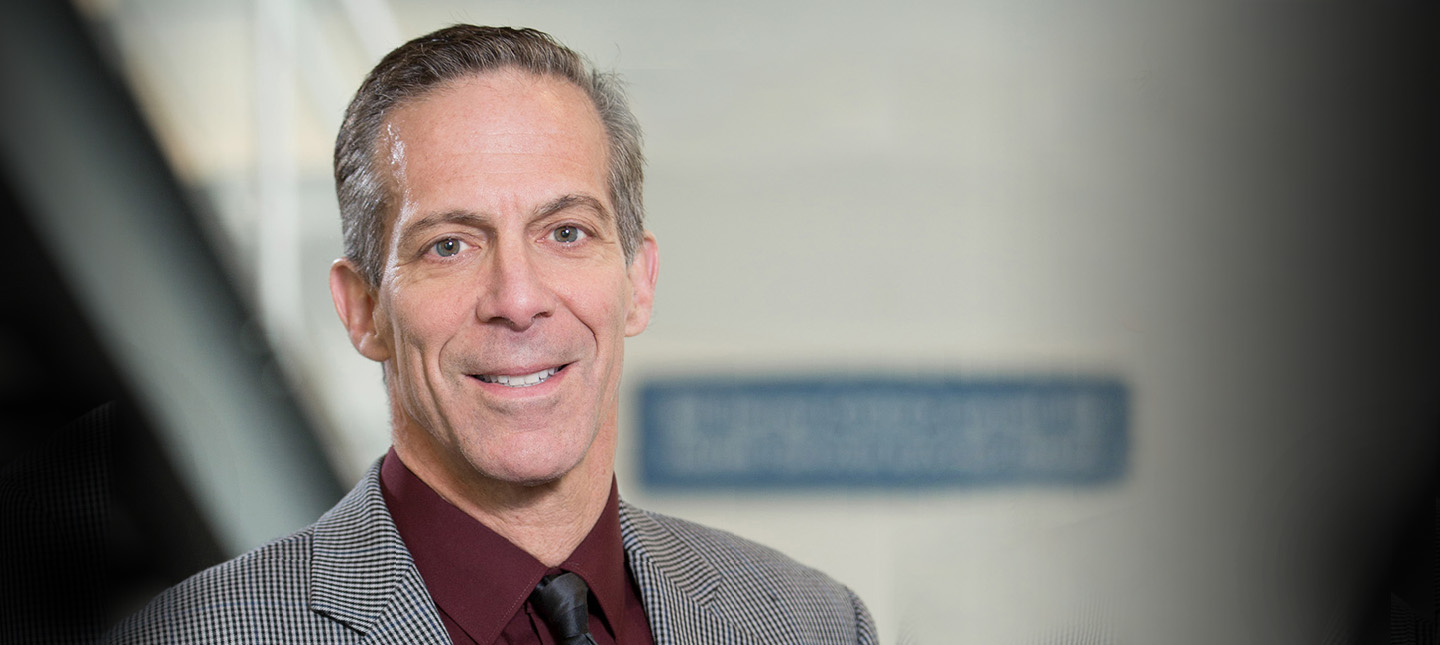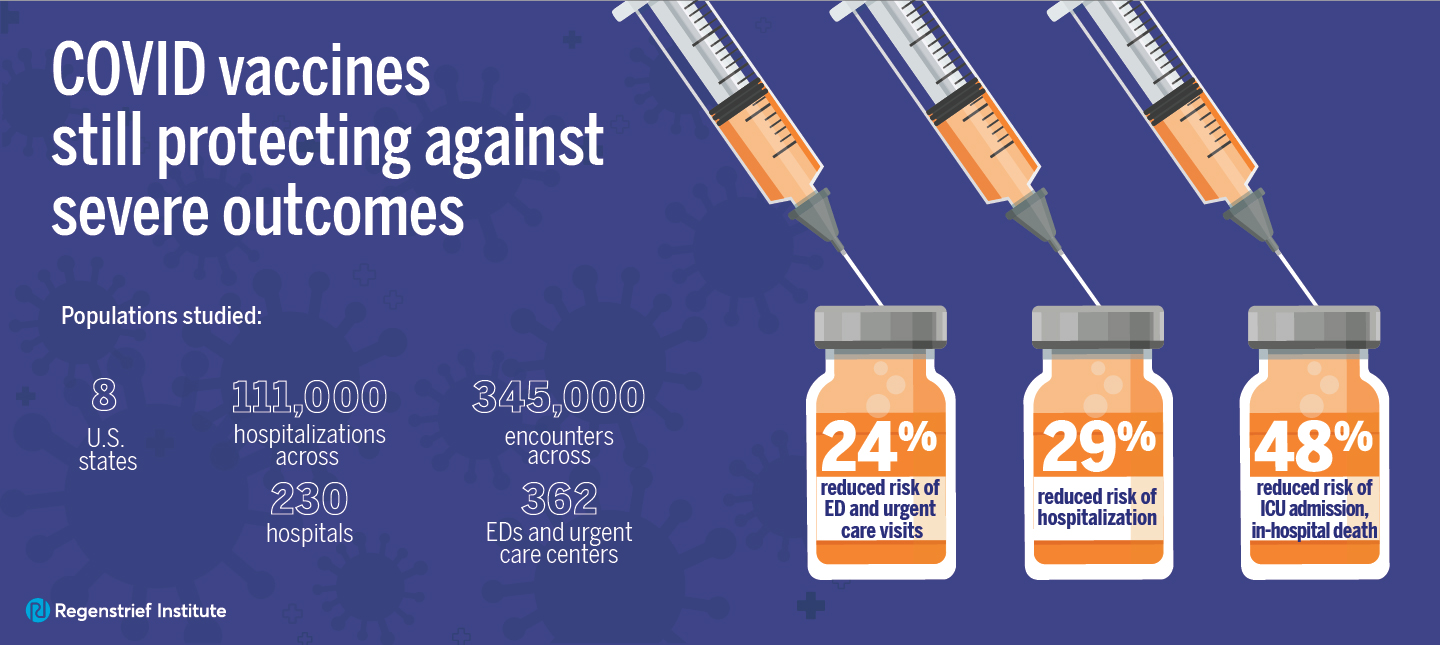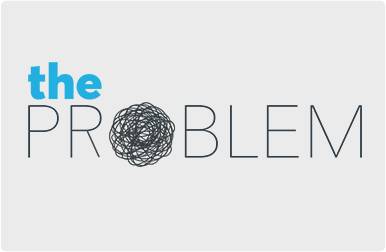Transcript
Phil:
So like, you know, you talk all about like her always being there for your recital, and dance making her so happy and stuff like that. Was she a dancer when she was a kid?
Mindi Winnie:
You know, that’s a really good question. I don’t believe so. I do know that she used to race cars, though.
Phil:
What?
Mindi Winnie:
And not like…
Phil:
Like street racing?
Mindi Winnie:
Yeah, street racing. Which is so crazy. Cause it’s like, you know, the grandma I knew when I found that out I was like, “What?” Like she was just never really the type to like leave her comfort zone very much.
Phil:
There are six million Americans living with Alzheimer’s disease right now.
They’re in various stages of disease progression.
For some, they may have just received their diagnosis, and they’re embarking on the beginning of a long journey.
For others, they’ve lived with the disease for years. They’ve worked with their loved ones to inform them of their care wishes, and they’re navigating life while managing the reality of cognitive decline.
Others still, are toward the end of their progression, receiving care in a supervised environment, perhaps able to speak, perhaps not.
Today, we’ll talk about some common struggles patients with Alzheimer’s face, as well as some ways that different groups face greater difficulties during their journey through Alzheimer’s.
Welcome to The Problem, I’m your host, Phil Lofton.
[THEME]
When it comes to life with Alzheimer’s, there are a wide variety of tasks that can cause trouble.
Dr. Chris Callahan, former and founding director of the Indiana University Center for Aging Research at Regenstrief Institute, had this to say about how Alzheimer’s can impact daily life.
Chris Callahan:
If you think about in the United States what it takes to live independently, we typically think, “Well, you need to be able to take care of your basic needs like bathing and dressing and eating.” but you also need to live independently to take care of some higher functions. Like in many cities, you need to be able to drive, you need to be able to manage your finances. And you might also need to be able to engage in complicated decisions, for example, financial decisions but also maybe medical decisions or personal decisions.
These areas begin to get impaired with Alzheimer’s disease. And so, you might, incorrectly underestimate the risk of something and that might put you then at risk for fraud. So, someone might call you on the phone and in your impaired state you might give out your personal financial information or you might even exchange money. you might be having trouble with visual-spatial cues or with planning and that might be coupled with poor vision, and maybe you’re weak from arthritis and now your driving becomes impaired. And maybe you’re having driving accidents. Or maybe what’s happening is there are poor judgements that you’re making in the home, that are connected with a memory like leaving the stove on, a small fire in the home, leaving the doors unlocked at night.
These kinds of problems are what families will often bring up in addition to the memory problems. Now the memory problems can be frustrating just by themselves. Some will be “He or she tends to retell the same story” or “I have to tell him or her the same thing multiple times. for example, I had to tell them six times yesterday and three times this morning about their appointment today, and even when we got in the car, they asked where we were going.” So certainly your memory is connected with your ability to do many of these tasks. and so what we are looking for are those patients that have trouble with memory and some of these other tasks, but now it’s impairing their day-to-day function.
Phil:
Beyond memory, one of the ways that Alzheimer’s can significantly impact day to day life in older adults is through changing the way that they can interact with their spaces. I spoke to Dr. Dan Bateman, Regenstrief scientist and Geriatric Psychiatrist about how Alzheimer’s affects patients’ ability to live in their homes.
Dan Bateman:
In a lot of dementias, definitely in the case of Alzheimer’s disease, people have more visual, spatial difficulty, so they have trouble estimating distances. And so that can be an impact. In Parkinson’s disease people also have a lot of trouble with visual spatial estimation. So people might bump into doorways more frequently. Not just necessarily dementia, but in a lot of older adults, it’s really important to have a safe home situation, meaning like no rugs at the bottom of the stairs, looking for fall hazards or tripping hazards, having well-lit areas. All of those things are important for any older adult in addition to people with dementia
Phil:
Dustin Ziegler of Dementia friends and CICOA, shared a little more about specific areas that can cause trouble for seniors.
Dustin Ziegler:
A healthy brain takes for granted things that we do every single day without thinking about it. So, if I want a glass of water, I know to go to go to the kitchen and pour a glass of water, just, you know, an example that’s a very real-world is that, you know, sometimes if you have advanced dementia, it could easily be missed that bottle of water, the intention of that could it be easily mistaken for a bottle of bleach or you know, something else. And, and so because of the cognitive impairments, everything becomes a factor, and that’s why the caregiver is such a crucial component in that as well. So the good thing about that though, even though dementia has such an effect on health and wellness and conditions, there’s a lot of interventions and a lot of things that we have control over as long as that plan’s in place and people know what to do and how to navigate it.
Phil:
And, and specifically with regards to the home, what are some things that you wind up having to change in your house? Like are there rooms that you have to repaint? Are there carpets that you need to change? what sort of physical changes have to happen? Generally speaking because everyone, every case of Alzheimer’s is different.
Dustin Ziegler:
Yeah. Yes to all above. So, because how the disease affects the brain – things like contrasts, so color contrasts – if you and I walk into a restroom and the floor is white, the walls are white, the toilet’s white, the sink’s white. A normal brain has the ability to contrast those things. Somebody with dementia because their brain’s not working like it used to may walk into that room and just see a white blur. And then of course that can lead to fall risks and other dangerous situations. Or for example, you take that same situation, but let’s say you have a black circular rug, somebody with dementia just, and I know it sounds peculiar, but this is how it works, they may perceive that as a hole in the floor and not want to approach that area. so absolutely, patterns, shadows, textures, sounds, it all plays a role into how they perceive their environments, both to the extent of what can be a risk factor, but also to the extent of knowing these things, what we can do to modify those environments very simply, actually sometimes at low cost to, to make their environment much more safe and sound for, for the person living with the condition.
Phil:
In addition to issues with spatial recognition and environmental factors, seniors with Alzheimer’s are also at greater risk of being victimized either financially or physically.
Life with Alzheimer’s can be extremely difficult for patients, no matter what their social status, race, orientation or gender might be, but to take a more intersectionalist approach, there are groups within the Alzheimer’s community that face additional challenges on top of those that face all Alzheimer’s patients.
Latin Americans are 50% more likely than Caucasians to develop Alzheimer’s; African Americans are twice as likely as Caucasians. What’s more, in both of these groups, a formal diagnosis is less likely to occur, and if it does, it’s more likely to occur later in the disease, when costs of care are most expensive.
Current research doesn’t suggest that these differences in disease rates between ethnicities are entirely genetically caused, though there may be an association with some of the systemic issues facing these groups, such as limited access to healthy foods and healthcare.
It’s not just missed or late diagnoses, though, that are the problem. We also have a lack of representation of these communities in our research.
That lack of representation can have serious consequences for drugs that are developed, interventions that are tested, and far more. I talked to a titan of Alzheimer’s research, the late Dr. Mary Austrom, of the Indiana Alzheimer Disease Center, about this, in an interview this past summer. She explained how her organization, especially the community engagement core, works hard to combat exclusivity.
Mary Austrom:
In our Alzheimer’s Center, we’ve developed a wonderful community advisory board of minority leaders. And I think too, really, it’s kind of my community-based Participatory Research Work I’ve done now for many years. If you’re really doing it right, we are a team and we’re really working together and I believe our community advisory board does feel that they’re really part of the team. I feel they’re an integral part of our, our success in our work with the minority community.
Phil:
So the, the benefit of diversity in research though, it doesn’t just end at making sure that you have a population that is reflective of, that you have a, a patient population that is reflective of the actual population. There’s more to it than that, isn’t there? Like if you have a population that’s out of whack for that, for a drug trial, you don’t have an effective drug.
Mary Austrom:
Well, you’ll never know. You’ll never know, that’s the thing. And that of course is one of the arguments if you will, or some of the education and awareness building. And it’s particularly relevant for our populations of color around dementia and the aging brain because what we’ve learned to date is populations of color seem to be at a bigger risk for dementia, for some other, you know, comorbidities and other health-related reasons. A lot has to do with you know, heart disease and cardiovascular disease seems to be, more, more rampant prevalence in African Americans. It can be due, certainly due to genetic differences, but diet and environments, etcetera.
What we learned early on from our community advisory board was they weren’t aware of the different risk factors and they’ve become very passionate about sharing that reality, because if they themselves don’t get involved, it’s a real disservice then to their own communities. What if there is a treatment that doesn’t work in the majority population but would’ve worked for them if they’d been more involved and engaged in the research? Or vice versa, we find a treatment that works, but it doesn’t work in that population and we need to keep searching.
We kind of never know if we don’t have a representative group in the study in the first place.
And they’ve helped us address some volunteering among older African American adults in the community. We’ve published together, and it’s very rewarding and I think you’re right; it heals the community. but the relationships I’ve made are probably my favorite thing. And I love visiting that group. And, I know, they, you know, I know that they love having me out there and their directors are just so supportive and, and tireless advocates for their, for their seniors. And, and you know, I guess I’m equally passionate about our elders. I’ve always felt they are the, you know, the backbone of our culture and of our society. They’ve given so much to make, you know, our country what it is, our communities what they are. And I think as they get older and frailer, we tend to forget them.
Phil:
Members of the LGBT community experiencing Alzheimer’s also face additional struggles with regards to their safety in communities and making sure their wishes are respected.
Here’s Lexy Torke, Regenstrief Scientist and head of the Evans Center for Spirituality in Healthcare. She’s a national voice on LGBT care for older adults.
Lexy Torke:
Older adults who are facing Alzheimer’s disease or any kind of related dementia face so many challenges in terms of changes in their life, changes in their relationships with family, and it may be even more challenging for individuals who are LGBT for a whole variety of reasons.
One thing is, is that their family structures are likely to be somewhat different. Some now of course are married. Some of our older adults who are getting Alzheimer’s are married or have a long-term partner. Some may be cared for by friends because they’ve been estranged from their families. And so, one issue is that caregiving structures are going to be more complicated and maybe even differ from what we traditionally think of as the typical nuclear family where many people are cared for by either their spouse or their adult children. So that’s one thing that tends to be different or complicated.
I think another issue that’s really important is that older adults now have come through a lot of changes in the LGBT experience, but many, many patients and their family members who are LGBT have experienced prejudice within the healthcare system. And in many cases, patients have chosen to hide their sexual orientation or their transgender status, and coming back into the healthcare system becomes an extremely difficult experience. This is true just when you go to clinic, it is true in the hospital. It may be especially true in long-term care settings such as skilled nursing facilities and nursing homes. So, you can imagine when someone moves into a long-term care facility, they are so vulnerable. And also, that is where they are living all the intimate parts of their lives. So whether it’s from having framed photographs of a partner or lover, from having books on their shelf that might identify, an interest in LGBT materials. For transgender folks it’s the way they dress and, you know, get ready to meet the day. All of those things are now open and exposed to the staff members in those facilities and even may require the help of the people in the facility just to maintain identity, and get dressed in the morning.
And I’m afraid to say that there is evidence, there’s evidence of horrible experiences that LGBT people have faced in nursing homes of being separated from their partners or chosen family, of having their identities ignored or ridiculed. And so it’s just a very difficult thing to think about, the vulnerability that someone with cognitive impairment faces when they encounter the healthcare system.
Phil:
When you and I’ve talked about this before, you said that this is like the first big generation of out elders that we have. Are you excited about the opportunities to change the healthcare system with this?
Lexy Torke:
Yes. I mean, this is really the generation that grew up and experienced Stonewall and the civil rights movements, including the gay rights movement in predominantly the ’80s and that has affected people all across the LGBT spectrum. I think the HIV and AIDS activism that went on in the ’80s, ’90s and really still continues to this day has really activated the community. And I think it is a tremendous opportunity for us to provide appropriate and thoughtful and sensitive services to LGBT older adults. So yes, I do think that things are moving in the right direction and it’s exciting. It’s an exciting opportunity.
Phil:
With LGBT elders, how, how did the AIDS crisis and the HIV crisis, how did those change their relationship with the healthcare system do you think?
Lexy Torke:
I think that the AIDS crisis activated people, particularly the gay men community, but I think across the community to be advocates for themselves and their family members. I think there was a widespread sense early on in the identification of AIDS that there, that there wasn’t enough attention being paid to treatment and cure. And I think that activated the community to go out and demand that more research be done to advocate for policy changes and funding. and so, I think it created a culture of advocacy that has benefited the LGBT community in many, many ways, including in the whole arena of health care.
Phil:
Did it activate them to advocate for themselves within healthcare systems too?
Lexy Torke:
Absolutely. I think it affects the ability to just reach your partner when they’re in the hospital. it affects decision making. So, for example, when a person loses capacity, if they have not designated someone to be their healthcare decision maker, that falls to an order that usually in most states prioritizes blood relatives. And so sometimes, chosen family or as partners were excluded from the bedside. And so, it really did activate the community to empower people to make those choices for themselves and for family members to advocate for their partners.
Phil:
It seems like the Durable Power of Attorney and the healthcare representative are a really powerful tool for LGBT elders to make sure that those relationships stay respected. Like, how are the, would, Is that correct? Is that a correct assumption? Like, what are some other tools that LGBT elders have to, and their loved ones have to advocate for themselves and their loved ones within the healthcare setting?
Lexy Torke:
I, yes, I think that the power to designate someone to be a decision maker is really important. it is especially important in the LGBT community. So yes, that is a document that I really encourage everyone to have, but particularly if the person you would like to make decisions for you is not at the top of your hierarchy in your state. So I think that’s very important. There are other more general resources out there. For example, there is a national organization called SAGE, based in New York, that provides resources for older adults in healthcare and many other domains as well, but particularly in healthcare.
Also, the Human Rights Campaign, a national advocacy organization conducts the Healthcare Equality Index every year and rates hospitals and health systems across the country in the extent to which they are LGBT friendly. And so, people who are looking for a healthcare system can search that index and identify resources in their own community.
Phil:
Alzheimer’s affects patients’ lives in staggering ways across all populations, and it hits socially marginalized communities particularly hard.
While patients’ memories can fade, their personhood remains, and either intentionally or unintentionally, we, as researchers, healthcare providers, friends and neighbors, can at times be guilty of stigmatizing and making life more difficult for older adults with Alzheimer’s.
In a bonus episode, out now, we look at a choir, the SongShape Chorus, that features the voices of older adults with Alzheimer’s, singing alongside their caregivers and telling the stories of their journeys through Alzheimer’s. We even feature some of their performances.
Join us in our next episode, when we discuss the ins and outs of diagnosis and screening for Alzheimer’s disease and dementia – and what doctors and care teams can do to make the moment of diagnosis go as well as possible.
We’ll see you then, on The Problem.
Music this episode was by AA Alto, Broke for Free, Chuhauzen, Everlone, Jahzarr, and Podington Bear.
Our theme and addition musical cues were written and performed, as always, by Cats Against Conflict.







